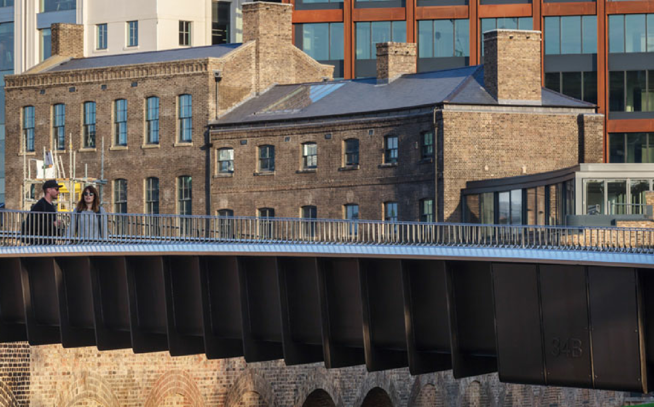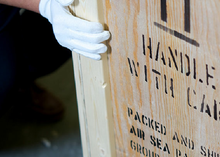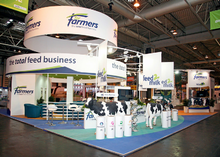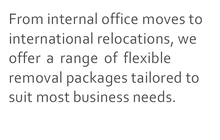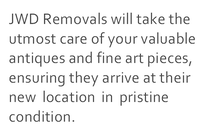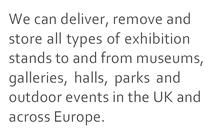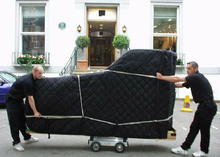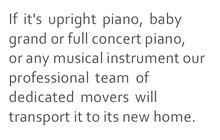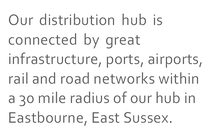|
||||||||||||||||||||||||||||||||||||||||||||||||||||||||||||||||||||||||||||||||||||||||||||||||||||||||||||||||||||||||
| Apart from a brief fancy period in the early 19th century when Charles Dickens and Mary Wollstonecraft lived here, Somers Town has always been on its uppers, easy prey for grands projets. When London ended at Euston Road in the 18th century, it was famous for being where the city chucked its rubbish in mountainous landfills. By the mid-19th century, London’s most notorious slums were here. In the name of “improvement” and slum clearance, railway companies saw nothing wrong in charging through the neighbourhood with new lines, plonking their stations here, rather than posher Bloomsbury to the south. There’s no escape from the railways. That said, the commuters mostly dart down holes in the ground, leaving Somers Town, these days, one of London’s best-kept secrets, ripe with history and character, like the magnificent 1920s Ossulston Estate social housing, Drummond Street’s Indian cafes, and the spooky St Pancras Old Church, one of the oldest sites of worship in London, in whose churchyard the Hardy Tree grows among gravestones moved by the young Thomas Hardy (when he was an architect) to make way for St Pancras station; railways even bothering the dead. The case against: The disruption of HS2 construction for years to come. Gruff around the edges. Euston Road is choked with traffic and pollution 24/7. Well connected? Trains: I think you’ll be OK. Euston, King’s Cross, St Pancras and Marylebone stations are all walkable, with the Bakerloo, Circle, Hammersmith & City, Northern, Victoria and Metropolitan tube lines on your doorstep. Driving: why would you? But Euston Road is right there, if you need it. Schools Primaries: Netley, Christ Church CofE and Edith Neville are all “good”, says Ofsted, with St Mary & St Pancras CofE “outstanding”. Secondaries: Maria Fidelis Catholic and Regent High are “good”. Hang out at… You have the pick of all London has to offer on your doorstep. But it’s hard to beat Malaysian caff Roti King on Doric Way. Where to buy: There are some stretches of late Georgian and Victorian townhouses, almost all in flats these days: hunt in the grid around Drummond Street and Chalton Street. You’ll find some modern “luxury apartments”, too. But much of the neighbourhood is in various (and mostly well-designed) social housing estates, from the late 19th century to the postwar period. The very odd house, mostly ex-council, around £850,000-£1m for four to five bedrooms. Flats: three bedrooms, £600,000-£1.4m; two, £450,000-£1.2m; one, £350,000-£825,000. Rentals: a one-bedroom flat, £1,450-£3,500pcm; a three-bedroom flat, £2,200-£4,500pcm. Bargain of the week: Two-bedroom postwar flat, needs refurbishment; £384,500, with saffroninternational.com. So, if you are in the process of moving to London or just about anywhere in the UK or Europe call JWD Removals 01323 430270, make one quick call and we will help you to take care of it all.
|
||||||||||||||||||||||||||||||||||||||||||||||||||||||||||||||||||||||||||||||||||||||||||||||||||||||||||||||||||||||||
|
||||||||||||||||||||||||||||||||||||||||||||||||||||||||||||||||||||||||||||||||||||||||||||||||||||||||||||||||||||||||


